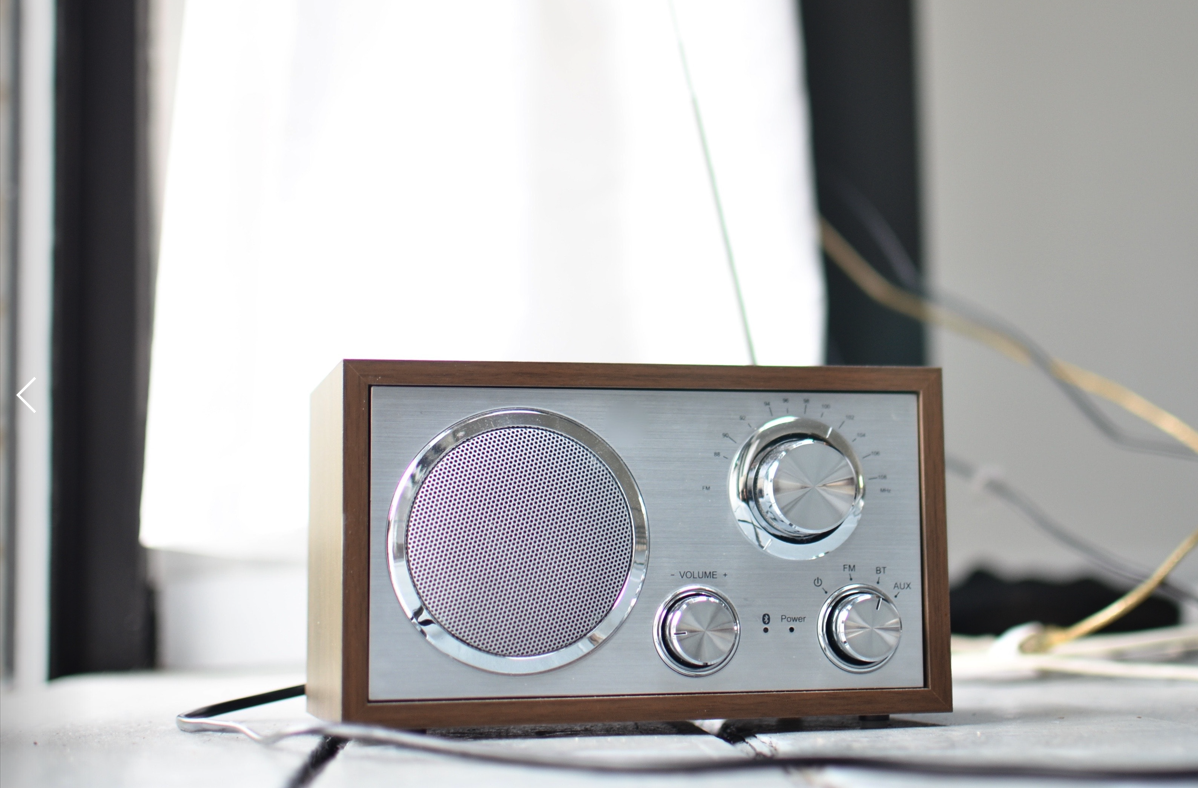
Embracing Digital
By Andy Beaubien, BPR

For the past century, radio’s primary method of delivery was by radio waves – amplitude modulated and frequency modulated signals. In order to hear broadcast radio transmissions, listeners required radio receivers. In the early days, these were big bulky devices but technological developments in the mid-20th century allowed radios to become much more portable. Battery-powered transistor radios could now be taken to the beach!
The 21st century marked the start of the digital age and with it came a host of cable and Internet-delivered audio and video. What was radio to do? The initial response of radio broadcasters went something like this: “We’re radio! Our listeners can hear us wherever they go. They don’t have to pay a thing to hear our programs. Nothing to worry about!” Then came Spotify, Apple Music, Pandora, Tidal, Amazon Music and You Tube.
Whether we like it or not, our love affair with radio transmitters may be coming to an end. The good news is that listeners can now hear our programs digitally. For portability, nothing beats the smart phone and radio broadcasts are easy to find if the listener knows where on their smart phone they are located.
Our monopoly of audio content has long passed. However, radio is still competitive if we make accessibility to our programs obvious to existing and potential audiences.
The following steps can help to make your transition to digital a bit easier.
- Teach listeners how to access your programs in ways in which they perhaps are not familiar. A simple example is to tell listeners that they can listen to your station on any device that accesses the Internet.
- Radio programs no longer need to be heard in real time. Make your breakfast program available at any time during the day. Special programs should also be available beyond their specific broadcast times.
- Make yourself visible. Think beyond audio and embrace visuals. Listener loyalty can be enhanced if listeners can make visual connections with your air personalities, programs, and services. Your website is the perfect place to do this.
- Give listeners incentives to move beyond traditional modes of transmission. Create and promote programs and services unavailable via AM or FM.
- Programs and services available only digitally offer value added to advertisers and create new sales opportunities.
- Promote, promote, promote! In this new media environment, radio’s best hope for survival is to move into a digital mindset and bring our listeners along with us. Our top promotional priorities should be directed toward this end.
Discussion
No comments on this post yet, start a discussion below!